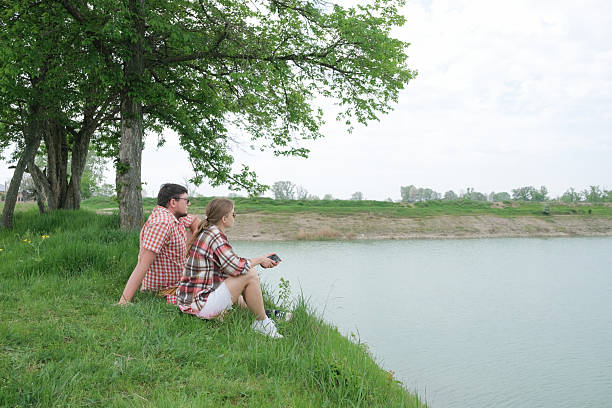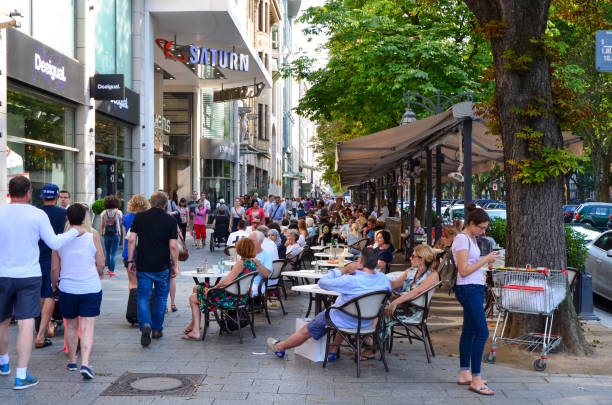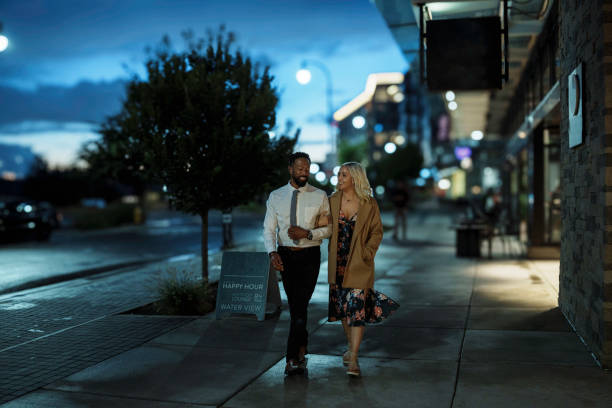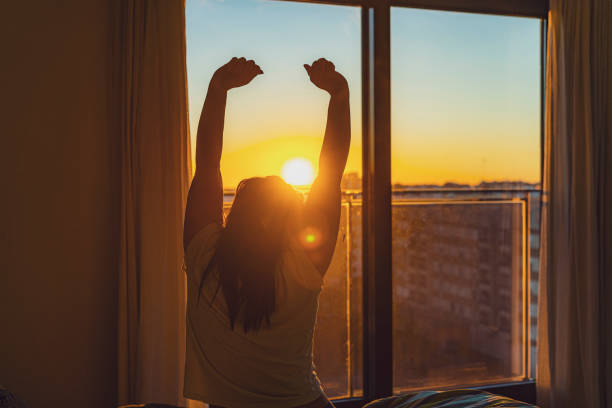
In many neighborhoods around the world, the quiet hours after dinner are no longer just for television or scrolling through a phone. More people are stepping outside, taking short evening walks before bed. What looks like a simple habit is slowly becoming a lifestyle choice, and its impact stretches far beyond digestion or light exercise.
The History of Evening Walks
Evening walks are not new. In older generations, walking after dinner was a common routine. Families in villages would stroll together, discussing the day while children played along the paths. In Mediterranean cultures, the “passeggiata” remains a social tradition where residents walk through town squares after dinner, greeting neighbors and enjoying fresh air. Urbanization, long working hours, and technology pushed many people away from such habits, but now the practice is quietly returning.
Why People Are Choosing to Walk at Night
Several reasons explain the growing interest. For office workers who spend entire days seated, a short walk offers a gentle way to reset the body. For others, it is an escape from screens that dominate most waking hours. Parents say it helps children wind down before sleep. Couples often use evening walks as a time to talk without distractions. Each group finds its own meaning, but the shared thread is that walking creates space—space to breathe, move, and connect.
Health Benefits Without the Pressure of Workouts
One reason evening walks are appealing is their simplicity. There is no special equipment, no membership, and no strict schedule. People do not think of them as workouts, which reduces the pressure often tied to fitness. Yet research shows even short, relaxed walks improve blood circulation, reduce stiffness from long sitting, and can support digestion after heavy meals. For those who struggle to commit to gyms or intense routines, evening walks provide a sustainable alternative.
Mental Clarity and Emotional Balance
The benefits are not just physical. After a long day, walking in open air helps the mind shift away from stress. Students report that evening walks improve their ability to remember what they studied. Workers find they return home calmer, less likely to carry frustration into family interactions. Some describe it as a form of moving meditation: step after step, worries begin to untangle. In cities where noise dominates, walking at night offers rare moments of quiet.
Walking as a Social Thread

Evening walks often become social rituals. In some neighborhoods, the same faces appear on the streets each night, creating an unspoken sense of community. Friends meet without formal planning. Couples rediscover time to speak without screens interrupting. Families use the walk as a way to stay active together. These small social interactions, repeated daily, strengthen community ties in ways people rarely notice at first.
The Role of Technology
Ironically, while technology once pulled people away from outdoor routines, it is also supporting this return. Fitness watches track steps, reminding users to move after hours of sitting. Social media trends highlight the calming effect of night walks, encouraging younger generations to participate. For some, evening walks even become creative spaces—writers, musicians, and artists use them to spark ideas while recording thoughts on phones. Technology may have changed the format, but the essence of the walk remains timeless.
Safety and Accessibility
Of course, not all environments make evening walks easy. Poor lighting, unsafe streets, or pollution can discourage the habit. This is why some communities are organizing safe walking groups or using local parks as shared spaces. In places where infrastructure supports it, evening walks can become part of the city’s culture, much like cycling in the Netherlands or tea in the UK.
Personal Stories
One accountant in Accra said he began walking after dinner during the pandemic. At first, it was to escape the crowded atmosphere at home, but later he noticed his sleep improved. A mother in Jakarta shared that her children stopped resisting bedtime after she started walking with them around the block each evening. A retiree in Rome explained that his evening walks keep him connected with neighbors, many of whom he would otherwise only see on weekends. These personal stories show how a simple act can carry unique meaning for different lives.
Why Evening Walks May Keep Growing

The rise of sedentary jobs and the increasing need for digital breaks are not going away. Evening walks offer a natural counterbalance. They require no new tools, no expense, and no training. The more people adopt them, the more normal they become, slowly reshaping culture. What begins as a choice for health often becomes a cherished daily practice, much like morning coffee or reading before bed.
Walking Into Tomorrow
Evening walks remind us that lifestyle changes do not always need to be dramatic to matter. Sometimes the smallest shift—stepping outside for twenty minutes after dinner—quietly transforms how we feel, think, and connect with others. Over weeks and months, this gentle habit reshapes evenings into something richer.
It is no wonder that the simple walk after dinner is finding new life in our modern routines.







Comments (0)